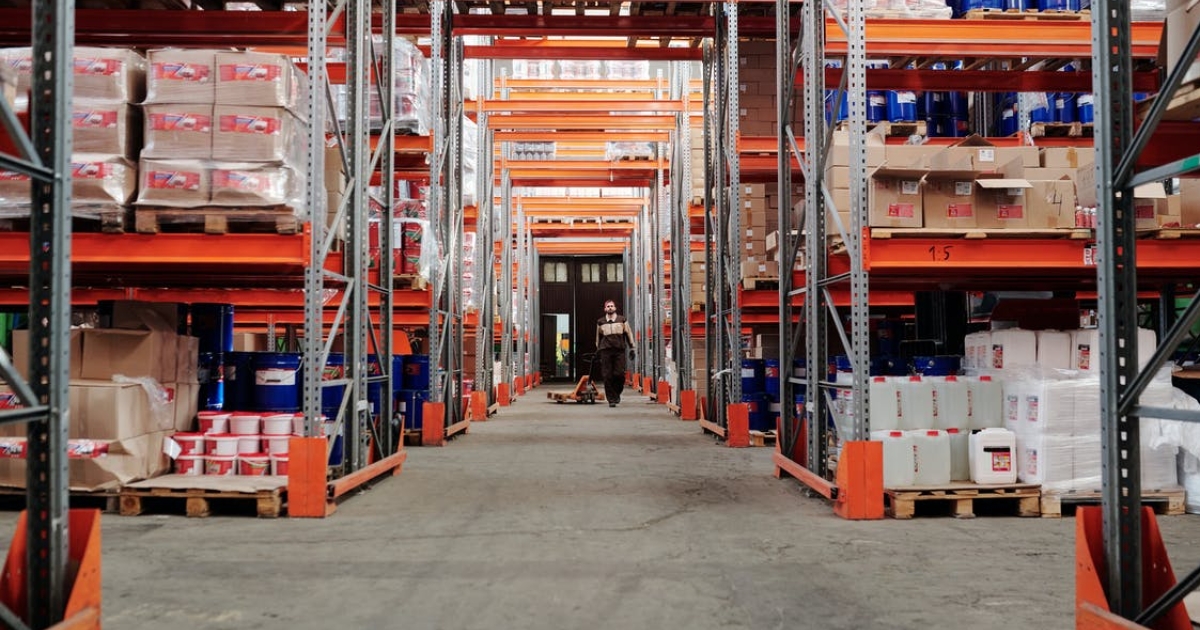
Analysts say industrial assets could face spillover drag from tariffs.
According to a Savills report, the imposition of tariffs across all nations by the US in April, has inevitably raised the level of economic uncertainty sharply. In turn this has stymied corporate decision making, slowed the velocity of transactions and thus tampered the global economic outlook.
“These have multiplier effects on consumer spending and for the industrial sector, increased costs due to another round of global supply chain disruption (the last being the period of the COVID pandemic),” the report said.
Here’s more from Savills:
Notably, the manufacturing sector is likely to be affected by subdued global demand. Industrial assets could face spillover drag from tariffs if trade starts to slow down. The uncertain economic backdrop will likely dampen business’ expansion plans and spending, hence affecting the overall demand for industrial space.
Despite lingering uncertainty and cautious sentiment, the outlook for Singapore’s export-driven economy turned out to be less dire when the US reduced the initial tariffs to 10% for all countries, except China, on April 5. Over time, through negotiations, we believe that these rates will be reduced, thereby clearing the chokepoints for global trade to flow freely again.
For industrial and warehousing properties that had been underwritten by long lease terms signed in the past year, the impact of these economic uncertainties is muted. Singapore’s relatively low level of tariffs of 10% may not have too much of a deleterious impact on rents for industrial properties.
Going forward, lease renewals are likely to continue to form the main bulk of the demand as landlords remain generous with incentives to retain tenants, especially for the older and less prime buildings. Coupled with the limited pipeline supply for factory space this year, multiple-user factory rents are projected to continue rising at the same pace of up to 3.0%.
Despite the surge in upcoming warehouse supply this year, occupancy is expected to stabilise after a while as the bulk of the new prime logistics space has been pre-committed. Likewise for the business park segment, it will take a while for the fully completed PDD to be absorbed, hence exerting pressure on the occupancy rate in the near term.
Although new facilities generally command higher rents, the overall warehouse and business park rents are likely to stay rather flat as older developments remain as a potential drag on rental growth, offsetting the higher rents from newer real estate.
Source: Real Estate Asia
Share: